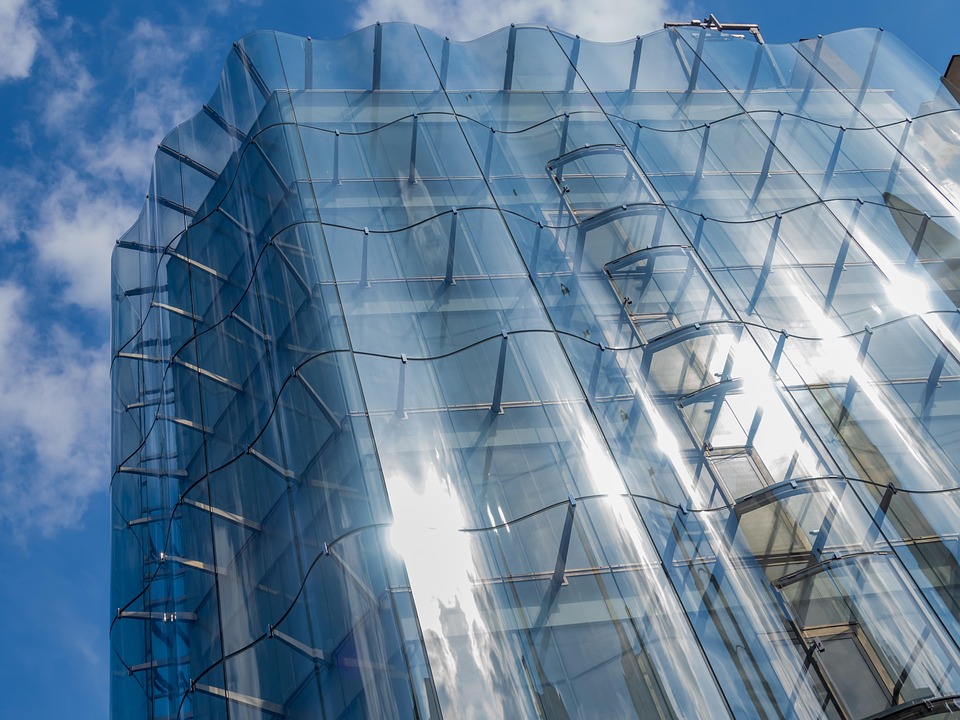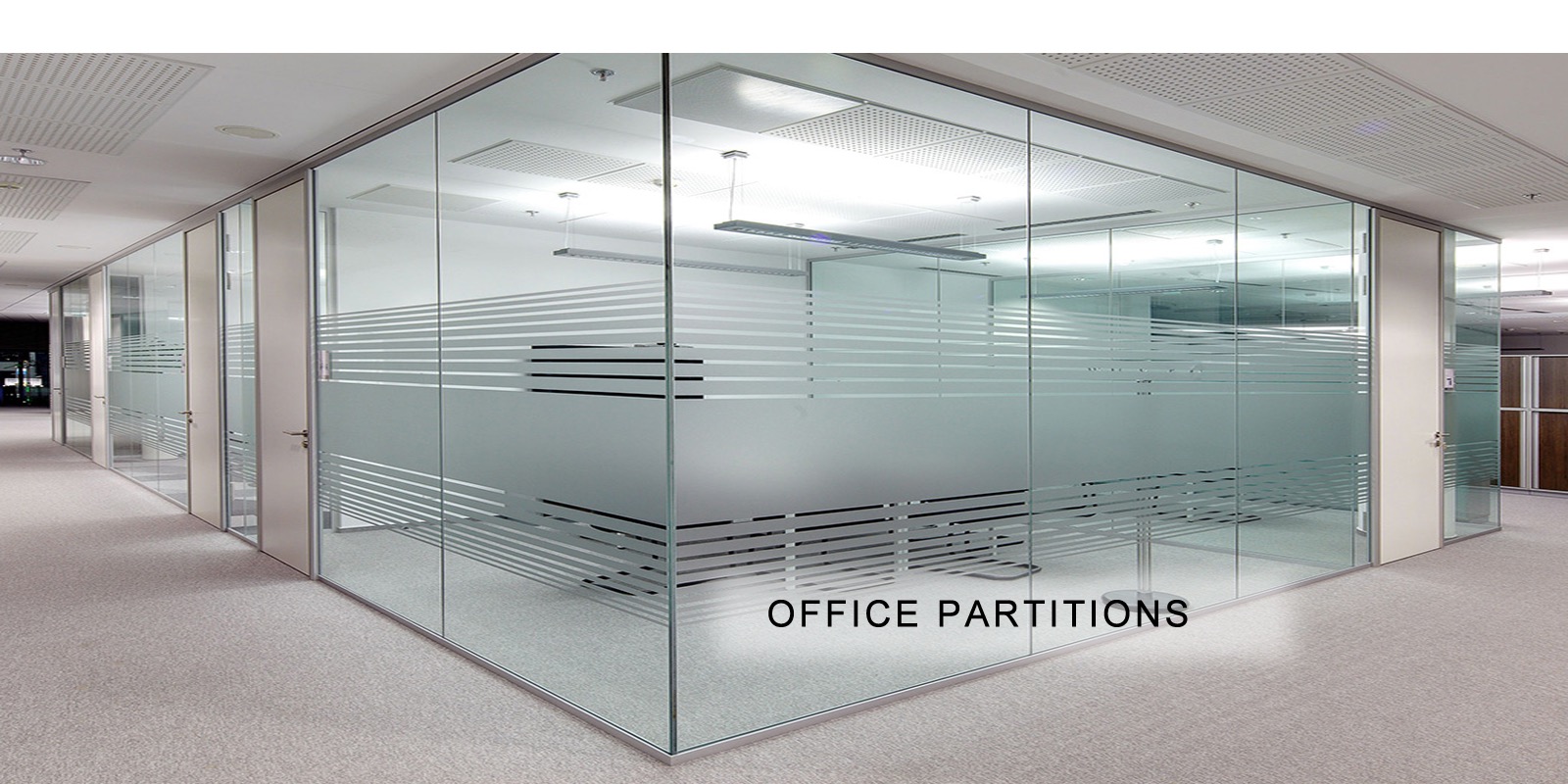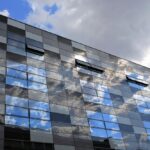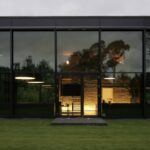
As the real-estate sector becomes more sustainability-driven, glass façade solutions in Nairobi are reshaping how developers pursue Environmental, Social and Governance (ESG) compliance. With global investors increasingly prioritizing green buildings, developers across Westlands, Upper Hill, Kilimani, and Two Rivers are turning to modern glass technologies to reduce energy consumption, enhance natural lighting, and achieve international rating standards such as EDGE and LEED. This article explores how Nairobi’s construction ecosystem is leveraging advanced glass engineering to meet ESG benchmarks and attract foreign capital.
How Glass Is Powering the New ESG Agenda in Nairobi
1. Environmental Gains: Reducing Heat, Energy Waste & Carbon Output
In a city experiencing higher temperatures and rising electricity tariffs, developers are aggressively adopting low-emissivity glass in Kenya to reduce heat gain and cut cooling loads by up to 35%. Buildings in Upper Hill and Westlands—home to Nairobi’s commercial towers—are increasingly designed with energy-efficient glass Nairobi Kenya to meet global sustainability expectations.
Modern façade engineering allows developers to use:
- Solar control glass Nairobi for temperature regulation
- Double-glazed units Nairobi Kenya for sound and heat insulation
- Tempered and laminated glass Nairobi for safety and structural stability
These innovations help buildings reduce dependence on HVAC systems, lowering operational costs while improving tenant comfort—two major metrics for green building certifications.
2. Social Value: Healthier, Safer & More Productive Indoor Spaces
Investors today prioritise developments that promote human well-being, especially in commercial offices, residential towers, and hospitals. By maximizing natural light penetration through architectural glass Nairobi Kenya, developers are improving workplace productivity, reducing eye strain, and enhancing overall mental wellness.
High-performance glass also enhances safety:
- Laminated panels reduce impact risks
- Properly anchored balustrades elevate building safety
- Fire-rated glass prevents flame spread
These elements align with the “S” in ESG—creating socially responsible spaces that improve lives.
3. Governance: Transparency in Construction Quality & Compliance
Foreign investors expect predictable standards, compliance, and transparency. Using approved building glass standards Kenya, developers strengthen governance reporting, showcasing:
- Ethical sourcing of materials
- Compliance with Kenya’s building codes
- Full audit trails for façade engineering
- Monitoring of energy performance
Nairobi’s top developers now include façade performance metrics in project prospectuses—an approach that appeals strongly to institutional investors, sovereign funds, and private equity firms examining long-term risks.
Why Global Investors Are Focusing on Glass-Driven ESG Design
A. International Capital Prefers Sustainable Assets
Investors from Europe, the Middle East, and North America are under pressure to allocate funds to ESG-compliant assets. Buildings using green building glass Nairobi Kenya signal lower energy risk exposure and better long-term asset value.
B. Nairobi Is Now a Regional ESG Hub
With increasing EDGE-certified projects in Nairobi, developers using advanced glass solutions can command:
- Higher rental rates
- Lower vacancy rates
- Better financing terms
- Interest from REITs seeking sustainability-aligned assets
C. Reduced Operating Expenditure Improves Asset Returns
Energy-efficient façades reduce long-term maintenance and operations costs. For investors monitoring internal rate of return (IRR), this is a major attraction.
Technology Transforming the Glass Sector in Nairobi
Modern technology is accelerating ESG adoption:
1. Smart Glass Technology
This includes electrochromic glass that adjusts tint automatically, reducing glare and cooling load.
2. High-Performance Coatings
Local factories are supplying insulated glass units Nairobi coated with low-E or reflective layers.
3. Frameless Systems for Maximum Light
Frameless façades, balustrades, and canopies enhance daylighting while maintaining minimalistic aesthetics—popular among high-end developers in Kileleshwa, Lavington, and Riverside.
Data Snapshot: Glass & ESG Performance in Nairobi Buildings
| KPI | Conventional Glass | High-Efficiency ESG Glass | Improvement |
|---|---|---|---|
| Heat Gain | High | Low | Up to 35% reduction |
| Power Used for Cooling | High | Moderate | Up to 30% energy savings |
| Natural Lighting | Moderate | Very High | 25–40% better illumination |
| Carbon Emissions | Higher | Lower | 18–25% reduction |
| Compliance Level | Medium | High | Meets global ESG standards |
Nairobi projects using advanced glass systems show significantly better energy ratings—vital for attracting international buyers and tenants.
ESG Glass Trends Shaping Nairobi’s Future
- Triple-glazing for premium offices
- Solar-harvesting glass
- Smart-tint façades for luxury apartments
- High-load laminated balustrades for mixed-use towers
- Acoustic performance glass for Nairobi’s high-traffic zones
These innovations position Nairobi as one of Africa’s most advanced real-estate engineering hubs.
Challenges Developers Still Face
- High import duty on specialized glass
- Limited local manufacturing of smart glass
- Skilled labour shortages for façade system installation
- Maintenance complexities for skyscrapers
However, demand continues to grow as ESG becomes non-negotiable for premium real estate.
As global investors increasingly prioritise sustainability and long-term asset resilience, glass façade solutions in Nairobi have emerged as a central pillar for developers seeking ESG compliance. By deploying energy-efficient glass Nairobi Kenya, low-emissivity glass in Kenya, architectural glass Nairobi Kenya, and other advanced solutions, Nairobi is setting new regional standards in modern construction. For developers seeking to attract international capital and future-proof their projects, high-performance glass is no longer just an aesthetic choice—it is a strategic ESG investment advantage.



